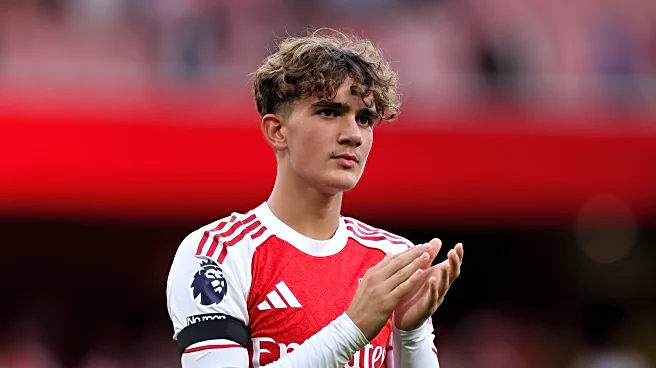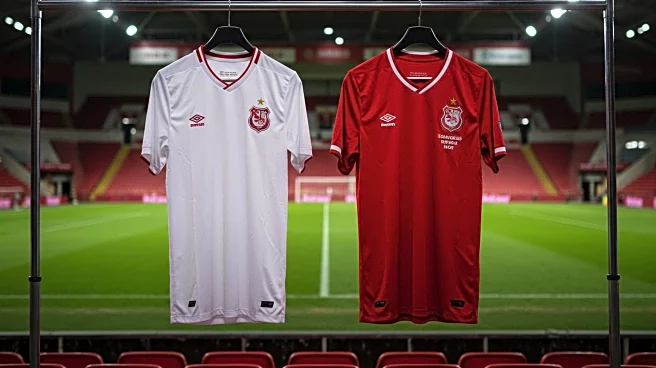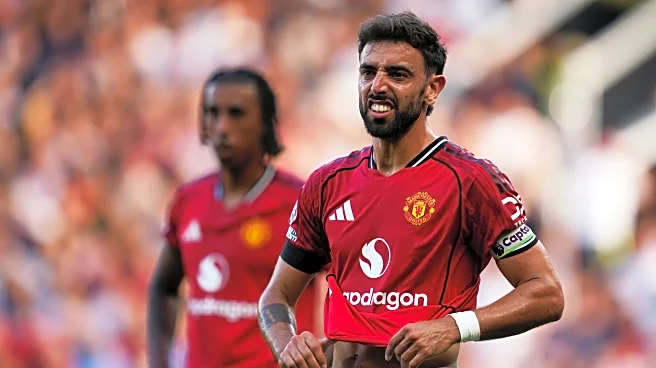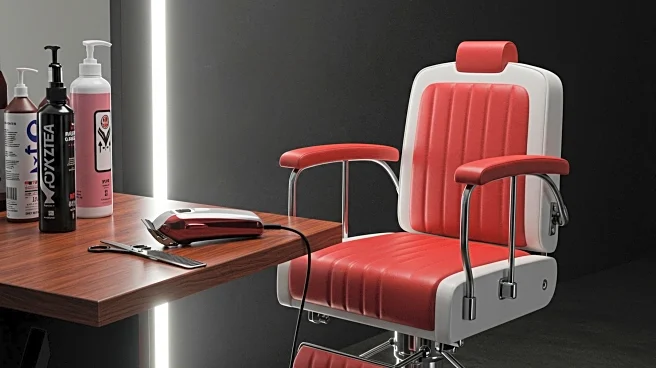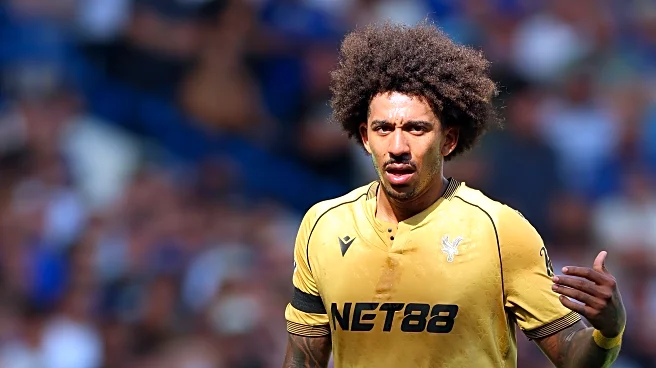
Manchester United’s 1-1 draw at Fulham on Sunday snapped an eight-game winning streak at Craven Cottage. The last time United failed to win at Fulham, both Richie Da Laet and Darron Gibson were in the starting XI. To rub salt in the wounds, United are one of three teams to have not had their own player score a goal yet this season (as of this writing, Newcastle have only played one game).
The draw leaves United with just one point in two games. With Manchester City and Chelsea looming just after the
international break, next week’s match against newly promoted Burnley looms larger than ever.
It would be wrong to call Sunday a game of two halves. It was more like a game of the first 15 minutes and the next 75 minutes.
United came out of the gate really strong. An early high turnover led to a nice shot from Mathues Cunha.

Could Cunha have been better off making a pass to Mbeumo here rather than contorting his body to take a 30-yard shot that has an xG of 0.02?

Maybe. But Cunha is a good distance shooter, and it’s never a terrible idea to test the goalkeeper early.
Less than a minute later, we get another chance from Cunha. This one off a great interchange between Mason Mount and Patrick Dorgu, followed by a great pass from Dorgu and even better reception from Mount, who lays it off to Cunha, who hits the post.

United were cooking early. A few minutes later, it was Bruno Fernandes’ turn to test the goalkeeper.

Could Bruno have tried to play Cunha in here?

Or could he have played it to Mount, who could have laid it off to Cunha, making the run rather than blasting away from 31 yards? Maybe! But he tests the keeper and draws a save from him. The team took 22 shots last week and didn’t score a goal. Players are going to start pressing and taking matters into their own hands.
A few minutes later, United gets their best chance of the match. It’s a direct, Route One long ball from Altay Bayindir, where Cunha gets positioning on the defender and gets in behind. He takes a fantastic touch and forces a good save from Bernd Leno.

Not even 15 minutes into the match, and United really could have been 2-0 up with Cunha on a hat trick. But they weren’t. That’s football.
Sometimes you take three crappy shots in the first quarter of an hour and two of them find their way into the goal, allowing you to change how you’re going to approach the rest of the game. Sometimes you get two glorious chances in the first few minutes, and neither of them goes in.
When that happens, you have to put it behind you and focus on creating more glorious chances to score goals. That’s where Manchester United failed. The shot by Cunha, which came at 13:17 into the match, was the last open play shot United took all game. United’s only other shot in the first half came on a penalty. They took four shots in the second half, all from set pieces. That’s unacceptable.
After 13 minutes, Fulham made a tactical change to combat what United was doing. They matched United’s 3-4-3 formation in phases to take away the numerical advantages United might gain in certain situations. They used Alex Iwobi to drop deep and overload United’s midfield.
Tactically speaking, football is a game of moves and counter moves. United started out in control of the match so Marco Silva made an adjustment. Now it was Ruben Amorim’s turn to make a counter adjustment and try to get control back in his team’s favor.
But that counter move never came. United played the way they’ve been playing every game under Ruben Amorim, with all the same issues extremely present. United’s midfield gets overrun, United doesn’t pass to the striker, United can’t create chances for their best players, and United can’t defend set pieces. All of them.
There were many tactical previews written this season that spoke about how Patrick Dorgu and Mathues Cunha would love playing with each other. One forward down the left who likes to drift inside and a wing back who loves to overlap and hold the width.
That all makes sense in theory, but in practice, we’re never seeing that because Amorim has his wingbacks playing on the last line of the defenders. There’s no overlap available because the wingbacks are always further forward.
Three minutes into the match, Leny Yoro launches a cross-field ball towards Patrick Dorgu, who is the furthest United player forward.

This one didn’t work, but seconds late,r Mason Mount drops deep and Matthijs de Ligt goes over the top, once again for Dorgu.

In the second half, we get a situation where United has much more settled possession. Dorgu is again on the last line of defense, so when Cunha gets the ball in the half space, there’s no overlap; he’s just the left winger.

When Cunha plays the ball to Dorgu, there’s no numerical advantage or overload. It’s just two United players marked by two Fulham players.

Which turns into, well, nothing.

This sequence would come to nothing, and when United lose possession of the ball, we see Fulham exploit one of the tactical flaws of Amorim’s system that is consistently exploited.
It was another match where United’s midfield was completely overrun. A lot of blame for this has been put on Bruno Fernandes – a no. 10 attacking midfielder – being played in the pivot even though his instincts tell him to get forward. That leaves the defensive partners of Casemiro or Manuel Ugarte having too much ground to cover.
Bruno isn’t a pivot midfielder, and defending is a weakness, but we can’t pretend this wasn’t happening even when Bruno wasn’t playing in the pivot. United’s midfield got overrun all the time last year because it’s a two-man midfield that often man-marks out of possession. This means that teams could drop a man deeper and simply pull one of the midfielders up high to leave his partner on an island. That could be Bruno leaving Casemiro or Ugarte alone; it could also be the opposite, just like Arsenal did last week.

United’s center backs also have to man-mark, which again allows players to drag them all out of position. That’s exactly what Fulham did.
The sequence starts with Fulham getting the ball near their own box. Bruno’s man stays on the far side of the field, forcing Bruno to stay with him. Ugarte’s man breaks up the pitch, forcing Ugarte to drop deep. In response, Alex Iwobi and Raul Jimenez drop towards the ball, taking Leny Yoro and Matthijs de Ligt with them.

Fulham makes a couple of touch passes and can bypass everyone with Ugarte hopelessly caught deep.

United would recover to defend this sequence, but a quick turnover by Diogo Dalot leaves them in a vulnerable position again. For starters, despite Fulham matching up to United’s shape and taking away United’s space on the wings, Fulham very quickly find themselves with a two v one overload on Dalot and three v two on Dalot and Yoro.

When Fulham tries to isolate Dalot, he doesn’t know who to mark; he backs off Fulham left back Antonee Robinson before he even plays a pass.

Robinson eventually lays it off to Iwobi and follows the pass with a run that completely freezes Dalot. Given time and space on the ball, Iwobi takes his sweet time to pick out a cross that is tapped in by Emile Smith-Rowe. Dalot never even tries to get close to Iwobi and snuff out the cross.

There’s a certain irony to this goal being scored on Sunday, considering what happened on Friday. Over at the London Stadium, former United right back Aaron Wan-Bissaka had a first half to forget, losing his man at the back post twice as Chelsea blew the doors off of West Ham.
As is mandatory in the banter era, United fans were quick to take to social media to gloat about this particular flaw in Wan-Bissaka’s game. It’s no secret Wan-Bissaka has always been poor at the back post – The Busby Babe wrote about it back in 2020 – but United fans have a tendency to exaggerate just how often this truly cost United a match or let alone a goal (not very often).
That weakness was balanced by what Wan-Bissaka brought to the table, which was that he could lock down the entire touchline all on his own. It was more than just fancy slide tackles. He stayed tight on opposing players and was exceptionally good at not letting them do anything, especially getting crosses into the box.
Dalot is the opposite in that regard. He struggles to get tight to attackers and is particularly poor at preventing crosses from being played into the box. Football is a game of give and take.
Tangent aside, this isn’t to say that Dalot is all to blame for this goal. It comes from the exploitation of United’s tactical setup further up the pitch and nearly a half dozen individual mistakes once the ball is near United’s goal.
For starters, Dalot never receives any help. He’s left all alone to deal with two players.

The right central midfielder is in the middle of the pitch. The right-sided number 10, who would typically be tasked with tracking the fullback, never gets back to help out. Leny Yoro leaves the man he’s originally occupying, but doesn’t commit to picking up anyone else. He and Ugarte end up in a bit of a no-man’s land.
Bruno Fernandes doesn’t track the run of his man. Usually, he’d be passing him off to one of the center backs, but with Yoro having left his man, De Ligt has to shift over and pick up Yoro’s man. Bruno needs to recognize that there’s no center back and track his runner. None of which happens.
It also doesn’t seem to be a one-off mistake. Five minutes later, United end up in another situation where Dalot has two men to mark, and United ultimately leave Iwobi with time and space just outside the box again.

Overall, for the second straight game, United looked more competent than they did last season, but that’s a very low bar. Amorim has managed 29 Premier League matches and was still seeing the same tactical issues popping up game after game. Not to mention, United continued to look like they were defending for their lives on every corner, making you wonder what they’re working on in training.
Amorim’s job doesn’t seem to be in any real jeopardy just yet. INEOS is doing everything they can to back him and give him every chance to turn this around, if for no other reason than they don’t want to look stupid.
Nevertheless, it’s never a good sign when, after just the second game of the season, both an opposing player and coach each step up to a microphone to say they knew exactly how United were going to play and how they were going to exploit it.
Ruben Amorim has been very clear that he has an idea of how he wants to play. He has to consider that the idea might have been figured out. With the draw on Sunday, Amorim’s Premier League win rate has dropped below that of Graham Potter’s at West Ham. The clock is ticking on Ruben. If he can’t think of something new to turn this around, it could already be getting late for him.


